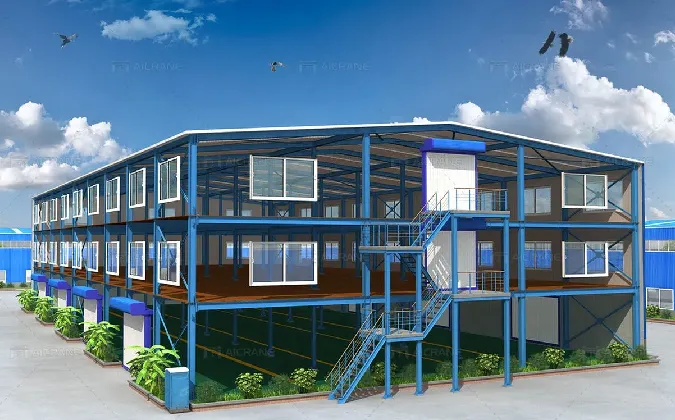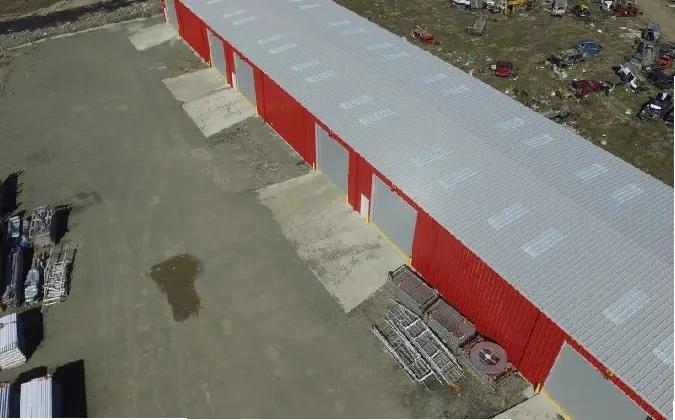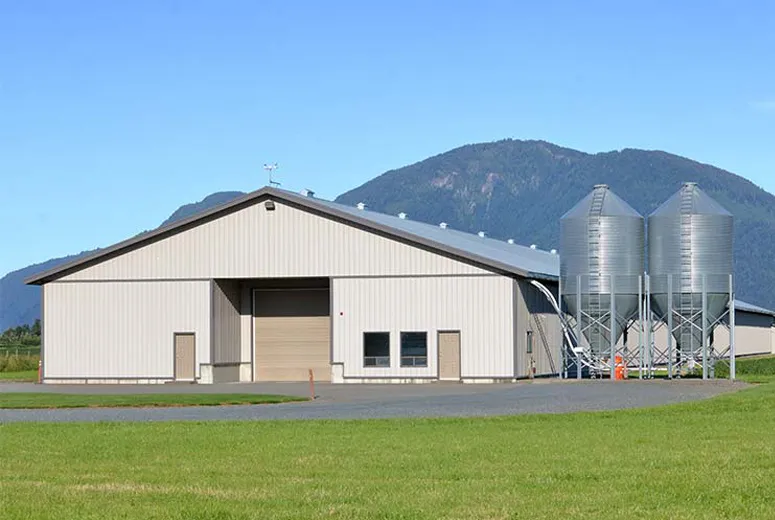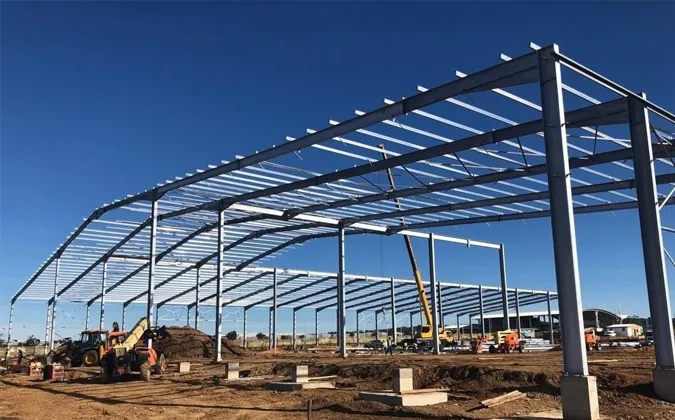- Afrikaans
- Albanian
- Amharic
- Arabic
- Armenian
- Azerbaijani
- Basque
- Belarusian
- Bengali
- Bosnian
- Bulgarian
- Catalan
- Cebuano
- Corsican
- Croatian
- Czech
- Danish
- Dutch
- English
- Esperanto
- Estonian
- Finnish
- French
- Frisian
- Galician
- Georgian
- German
- Greek
- Gujarati
- Haitian Creole
- hausa
- hawaiian
- Hebrew
- Hindi
- Miao
- Hungarian
- Icelandic
- igbo
- Indonesian
- irish
- Italian
- Japanese
- Javanese
- Kannada
- kazakh
- Khmer
- Rwandese
- Korean
- Kurdish
- Kyrgyz
- Lao
- Latin
- Latvian
- Lithuanian
- Luxembourgish
- Macedonian
- Malgashi
- Malay
- Malayalam
- Maltese
- Maori
- Marathi
- Mongolian
- Myanmar
- Nepali
- Norwegian
- Norwegian
- Occitan
- Pashto
- Persian
- Polish
- Portuguese
- Punjabi
- Romanian
- Russian
- Samoan
- Scottish Gaelic
- Serbian
- Sesotho
- Shona
- Sindhi
- Sinhala
- Slovak
- Slovenian
- Somali
- Spanish
- Sundanese
- Swahili
- Swedish
- Tagalog
- Tajik
- Tamil
- Tatar
- Telugu
- Thai
- Turkish
- Turkmen
- Ukrainian
- Urdu
- Uighur
- Uzbek
- Vietnamese
- Welsh
- Bantu
- Yiddish
- Yoruba
- Zulu
Sep . 17, 2025 16:55 Back to list
Industrial building construction is a complex, high-stakes process—from manufacturing facilities to warehouses, these structures must withstand heavy loads, harsh operations, and potential hazards while keeping workers, equipment, and products safe. Adhering to strict safety standards isn’t just a legal requirement; it’s a foundational element of building durable, reliable industrial building that supports long-term industrial operations. For wholesalers supplying steel structures, construction materials, or engineering services to industrial clients, partnering with a provider that prioritizes safety in industrial building design and execution is critical. Hebei Hongji Shunda Steel Structure Engineering Co., Ltd., founded in 2000 with a 107,000-square-meter facility, stands out as a trusted expert: specializing in steel structure industrial building design, manufacture, and installation (including workshops, warehouses, and storage sheds), their professional design and construction teams embed safety standards into every project phase. This article explores key safety standards in industrial building construction, how they integrate with industrial building design, and why Hongji Shunda’s approach benefits wholesalers and their industrial clients.
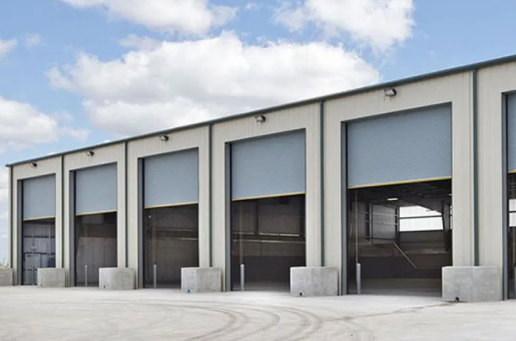
Safety Standards in Industrial Building Design
- Structural Load Safety for Industrial Building Design: Industrial building design must first meet strict structural load standards to handle industrial-specific stresses—heavy machinery, storage racks, or large equipment. Hongji Shunda’s design team adheres to global standards (e.g., GB 50017 in China, AISC 360 in the US) by calculating live loads (equipment, workers) and dead loads (building materials) with a safety factor of 1.2–1.5. For example, a industrial building designed for heavy manufacturing will have steel beams rated to support 50–100 kg/m² more than the expected load, preventing structural failure. This rigorous design ensures the industrial building can adapt to changing operations (e.g., adding new machinery) without compromising safety. For wholesalers, this means supplying materials (like high-strength steel) that align with these load standards—Hongji Shunda’s design specifications help wholesalers ensure their products meet project-specific safety requirements.
- Fire Safety Integration in Industrial Building Design: Industrial building design must account for fire risks, especially in facilities handling flammable materials or high-temperature processes. Hongji Shunda incorporates fire safety features into industrial building plans: fire-resistant steel coatings (that withstand 600°C for 1–2 hours), wide emergency exits (minimum 1.2m width), and clear fire separation zones (e.g., between production and storage areas). They also design ventilation systems to reduce smoke accumulation, a critical factor for worker evacuation. For wholesalers supplying fire safety materials (coatings, fire doors), Hongji Shunda’s design guidelines provide clarity on product specifications—ensuring the materials integrate seamlessly into the industrial building and meet local fire codes. This alignment reduces compliance risks for clients, making wholesalers more valuable partners.
Safety Standards for Industrial Building Construction Processes
- Worker Safety During Industrial Building Construction: Industrial building construction involves high-risk activities (steel beam installation, work high above the ground), so worker safety standards are non-negotiable. Hongji Shunda’s construction teams follow strict protocols: mandatory personal protective equipment (PPE) (hard hats, safety harnesses, steel-toe boots), regular safety training (monthly drills on fall prevention, equipment use), and supervised work high above the ground (with two-person teams and emergency rescue plans). They also use modular construction methods (pre-assembling steel components in their factory) to reduce on-site risks—this not only speeds up construction but also minimizes workers’ exposure to hazardous conditions. For wholesalers supplying construction equipment (harnesses, lifting gear), Hongji Shunda’s safety requirements ensure the products meet industry standards (e.g., EN 360 for harnesses), avoiding subpar equipment that could lead to accidents.
- Equipment Safety in Industrial Building Construction: Heavy machinery (cranes, welders, concrete mixers) is essential for industrial building construction, and its safe use is a key standard. Hongji Shunda mandates regular equipment inspections (daily pre-use checks, quarterly professional audits) to ensure functionality—for example, crane load limits are tested monthly to prevent overloading. They also train operators on equipment-specific safety rules (e.g., maintaining a safe distance from power lines during steel lifting). For wholesalers supplying machinery or spare parts, this focus on equipment safety means clients will prioritize durable, compliant products—Hongji Shunda’s recommendations help wholesalers stock items that meet safety certifications, reducing liability for all parties.
Safety Standards for Industrial Building Materials and Durability
|
Material Type |
Key Safety Standard |
Role in Industrial Building |
Hongji Shunda Advantage |
|
Structural Steel |
High tensile strength (≥345 MPa); fire resistance |
Supports heavy loads; withstands high temperatures |
Uses certified steel; provides material test reports |
|
Fire-Resistant Coatings |
Meets GB 14907 (China) or ASTM E119 (US) |
Delays steel weakening in fires; protects structure |
Specifies coating thickness; verifies compliance post-application |
|
Flooring Materials |
Slip resistance (R10+ rating); load-bearing capacity |
Prevents worker falls; supports machinery/racks |
Recommends industrial-grade concrete or steel flooring |
|
Electrical Wiring |
Flame-retardant insulation; waterproofing |
Avoids electrical fires; safe for wet industrial areas |
Designs wiring layouts to meet IEC 60364 standards |
Compliance and Certification for Industrial Building Construction
- Local and Global Safety Certification for Industrial Building: Industrial building construction must comply with local safety codes and global certifications to ensure legality and reliability. Hongji Shunda guides clients through certifications like ISO 45001 (occupational health and safety), GB 50205 (steel structure construction code in China), and LEED (for eco-friendly industrial buildings). They also handle post-construction safety inspections (conducted by third-party agencies) to verify compliance—for example, a warehouse industrial building will undergo load tests and fire drills before receiving an occupancy certificate. For wholesalers, this compliance focus means clients will seek materials that come with certification documents (e.g., CE marking for steel), and Hongji Shunda’s network of certified suppliers helps wholesalers access these materials, streamlining the procurement process.
- Long-Term Safety Maintenance Standards for Industrial Building: Safety doesn’t end after industrial building construction—long-term maintenance is a key standard. Hongji Shunda provides clients with a maintenance checklist: annual structural inspections (checking for steel corrosion or beam deformation), semi-annual fire safety tests (alarm systems, sprinklers), and quarterly electrical checks. They also recommend material-specific maintenance (e.g., re-applying fire coatings every 5 years for steel structures). For wholesalers supplying maintenance materials (corrosion inhibitors, coating touch-up kits), this creates ongoing demand—clients will rely on wholesalers to provide products that align with Hongji Shunda’s maintenance guidelines, fostering long-term business relationships.
Industrial Building FAQS
How Does Industrial Building Design Account for Future Safety Upgrades?
Hongji Shunda’s industrial building design incorporates flexibility for future safety upgrades—for example, steel structures are designed with extra load capacity to accommodate new fire safety systems (like additional sprinklers) or heavier machinery. They also leave space in electrical layouts for future wiring (e.g., for new safety sensors). For wholesalers, this means clients may need additional materials later (e.g., steel brackets for sprinklers), creating repeat business opportunities. Wholesalers can stock these “upgrade-ready” materials, knowing Hongji Shunda’s designs support their integration.
Are There Special Safety Standards for Industrial Building Used in Hazardous Industries?
Yes—industrial building for hazardous industries (chemical manufacturing, oil refining) has stricter safety standards. Hongji Shunda’s designs include explosion-proof walls (using reinforced concrete or steel), gas detection systems (linked to emergency shutdowns), and secondary containment areas (to prevent chemical spills from spreading). Materials like anti-corrosive steel (resistant to chemical damage) are mandatory, and electrical systems are rated for hazardous locations (Ex d for explosive atmospheres). For wholesalers supplying materials to these industries, Hongji Shunda’s specifications ensure the products meet ATEX (EU) or GB 3836 (China) standards, avoiding non-compliant items that pose risks.
How Do Safety Standards Affect the Timeline and Cost of Industrial Building Construction?
While safety standards may add 5–10% to industrial building construction timelines (due to inspections, training, and quality checks), they reduce long-term costs by preventing accidents (which can cost $100k+ in fines, repairs, or lawsuits). Hongji Shunda optimizes timelines by integrating safety into pre-construction planning (e.g., factory pre-assembly of steel components) and using certified materials that avoid rework. For wholesalers, this means clients will prioritize value over short-term cost—they’ll be willing to pay for compliant materials if they reduce future risks. Hongji Shunda’s cost-benefit analysis helps wholesalers justify higher-quality product prices to clients.
Does Hongji Shunda Provide Safety Training for Clients’ Industrial Building Operations?
Yes—after industrial building construction, Hongji Shunda offers optional safety training for clients’ operational teams, covering topics like emergency evacuation, machinery safety in the new building, and maintenance best practices. They also provide a detailed safety manual (customized to the industrial building’s design, e.g., warehouse vs. manufacturing) with checklists and contact information for emergency services. For wholesalers, this training adds value to the overall project—clients will associate the wholesaler’s materials with a safer, better-supported industrial building, strengthening loyalty.
Where Can Wholesalers Source Compliant Materials for Industrial Building Construction?
Hebei Hongji Shunda Steel Structure Engineering Co., Ltd. partners with trusted wholesalers to supply compliant materials for industrial building construction, from high-strength steel to fire-resistant coatings. Their team provides clear material specifications (based on safety standards) and verifies compliance through test reports, ensuring wholesalers’ products meet project needs. To explore partnership opportunities or access Hongji Shunda’s safety guidelines for industrial building design and construction, visit their official website—your partner for safe, durable industrial building solutions that support your clients’ long-term success.
-
Bolted Connections in Steel Frame Warehouse
NewsNov.17,2025
-
Hay Storage in Farm Metal Buildings
NewsNov.17,2025
-
Advantages of a Steel Portal Frame Shed
NewsNov.17,2025
-
The Erection Process of a Steel Building Hangar
NewsNov.17,2025
-
Energy Efficiency of Steel Dome Garage Kits
NewsNov.17,2025
-
Fire Resistance of Kit Metal Garages
NewsNov.17,2025
Products categories
Our Latest News
We have a professional design team and an excellent production and construction team.








